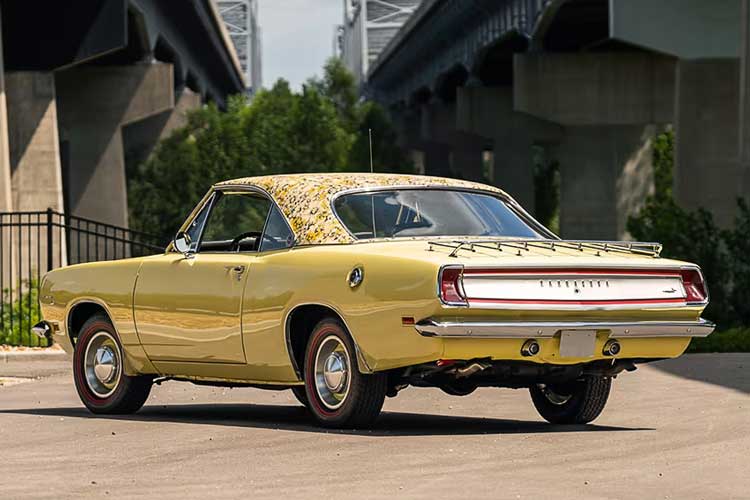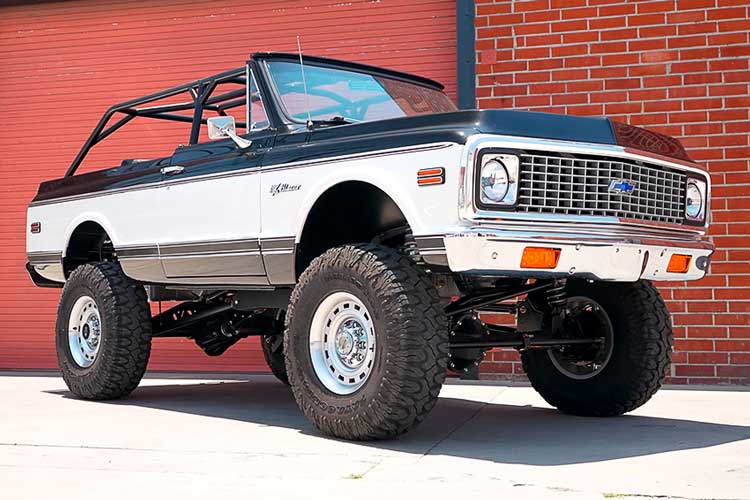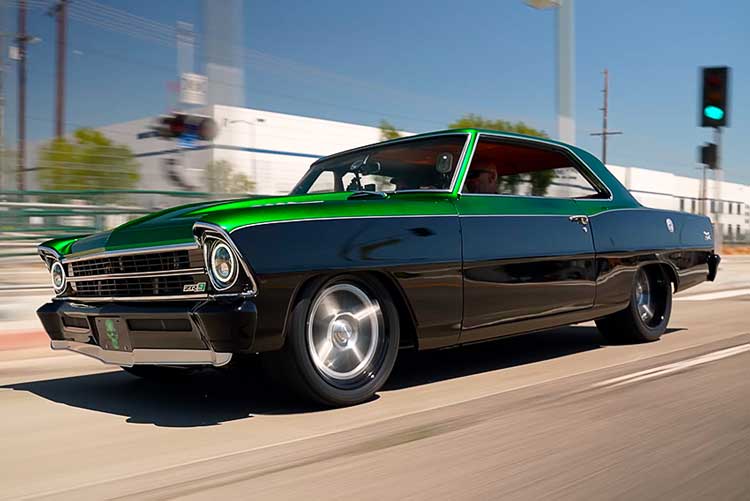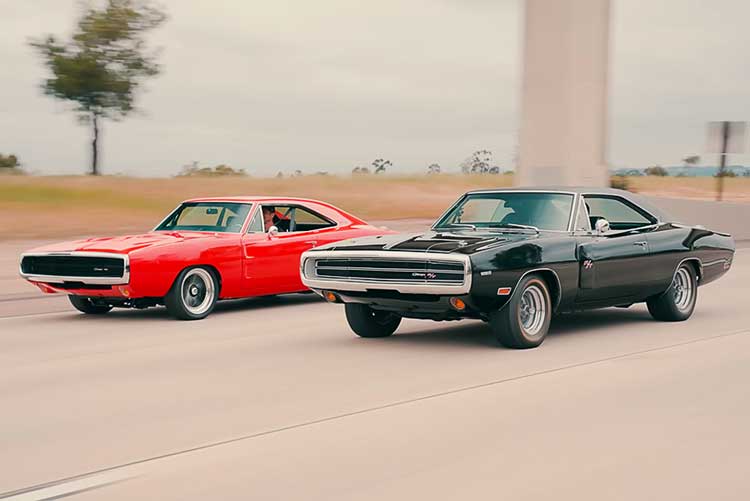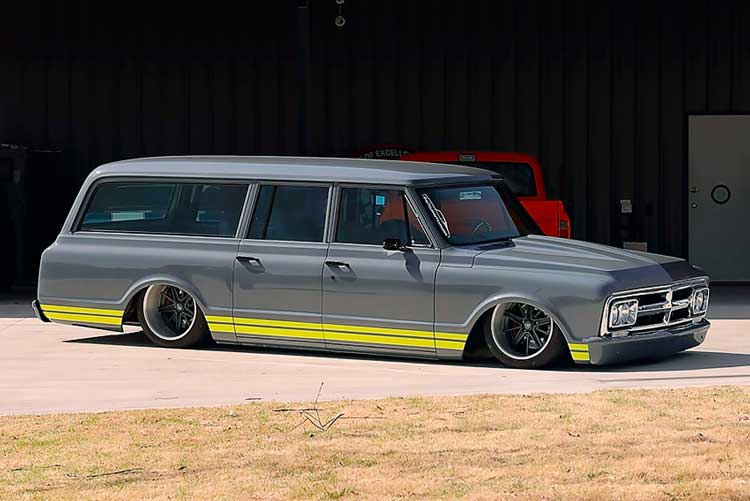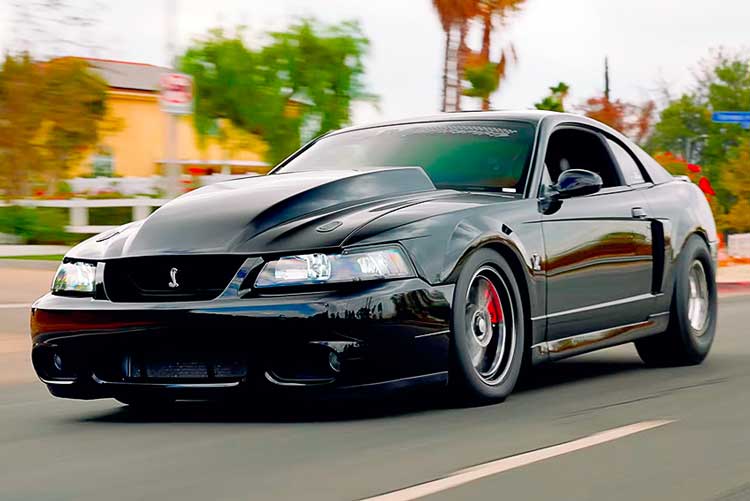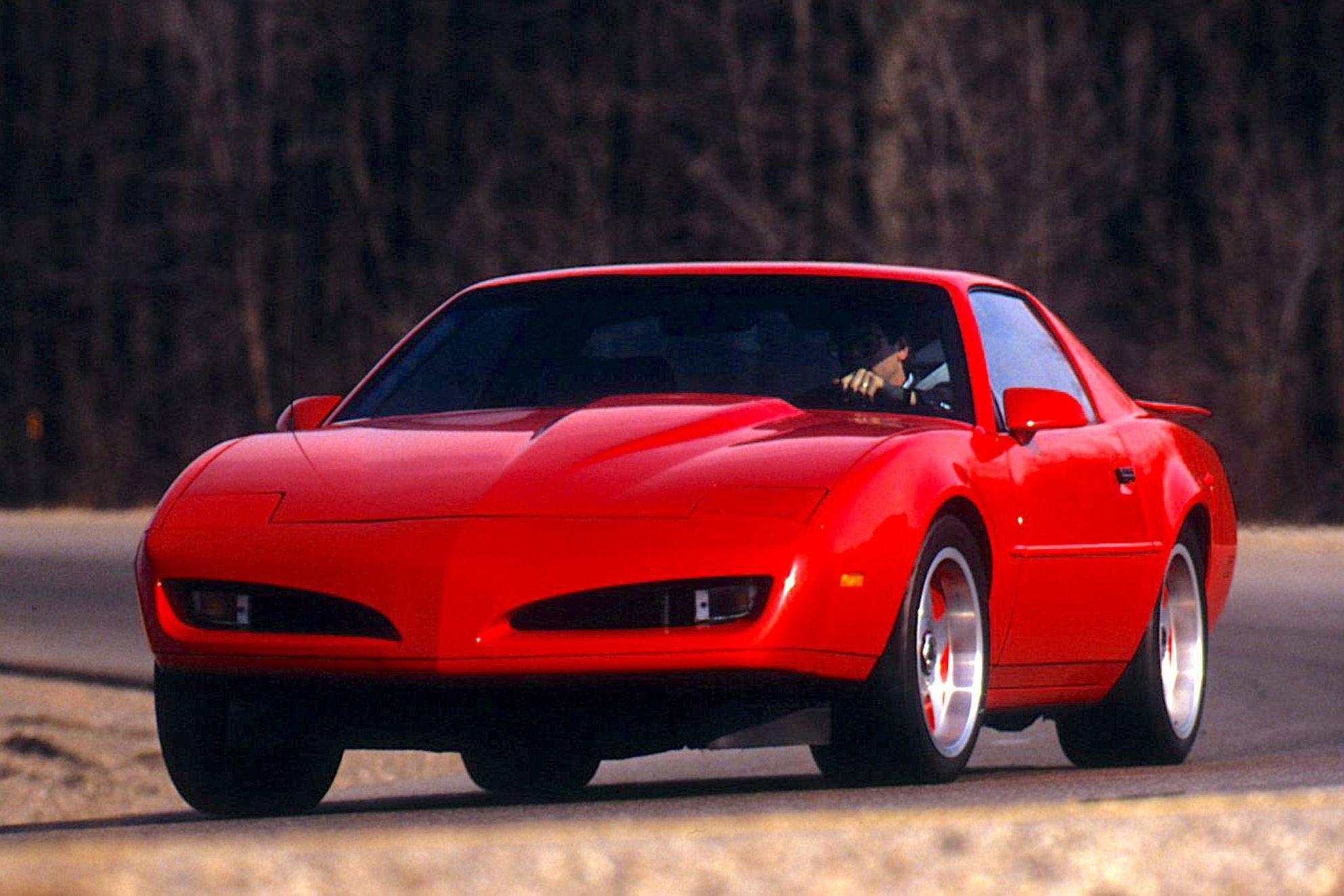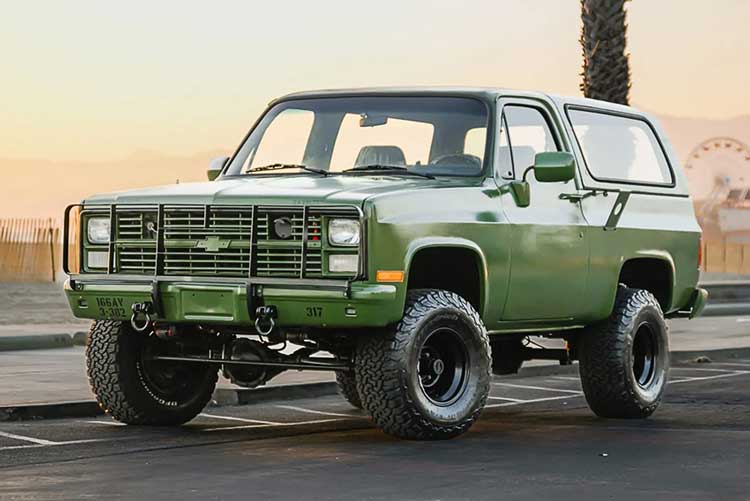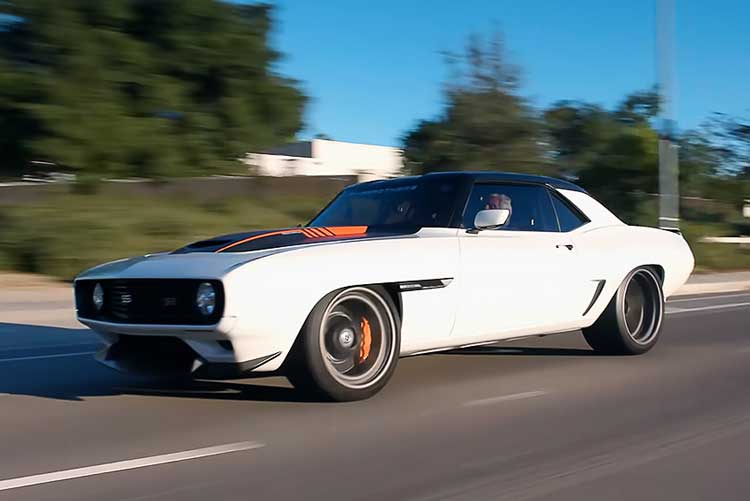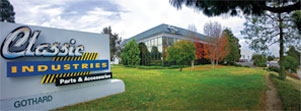Two years ago, our friends at Hemmings reached out to us for help with their 1987 Camaro IROC-Z restoration project. This project, which would later become known as IROC Rehab, took a worn-out third-gen Camaro and revitalized it over the course of a six-video series. The car received a new Edelbrock crate motor, manual transmission, and tons of interior and exterior parts from the Classic Industries catalog. This month, Hemmings unveiled the first episode of IROC Rehab Season 2, where the car will receive even more upgrades and a full QA1 suspension kit.




